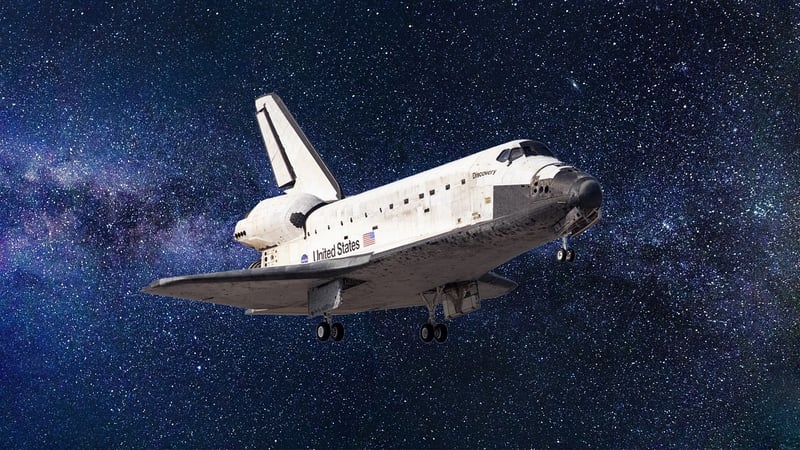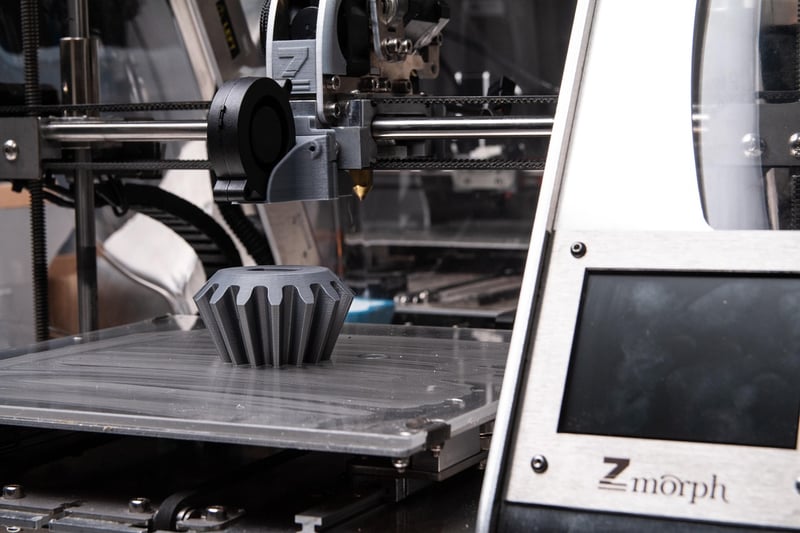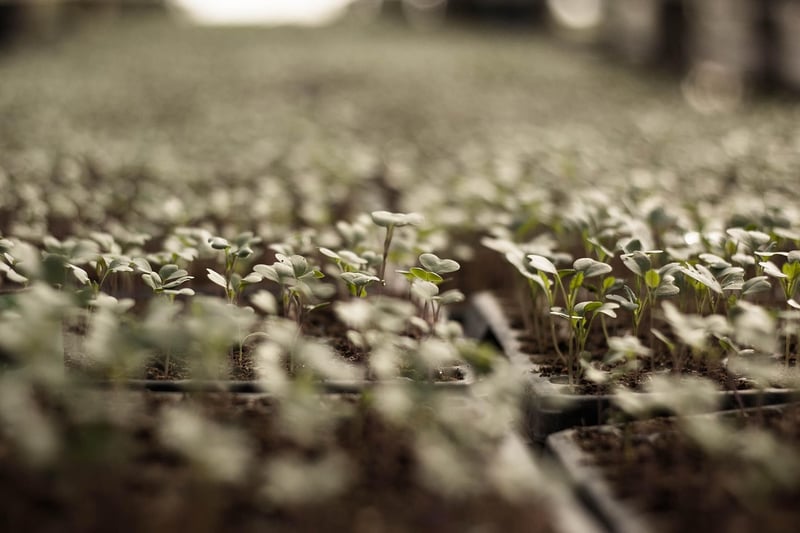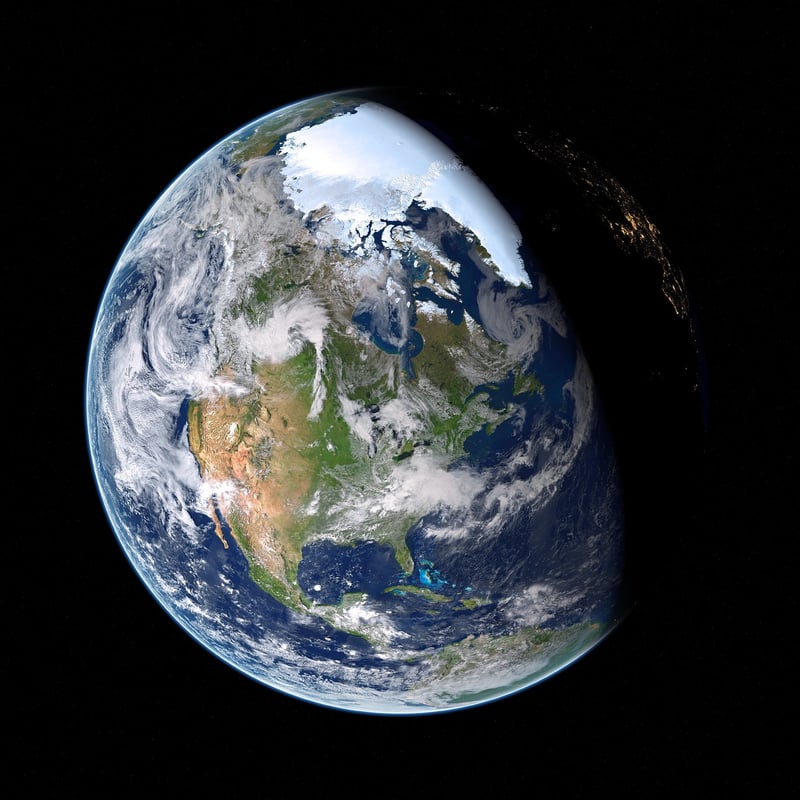Space Habitats
Cutting-edge Innovations in Space Habitats
Exploring the final frontier has always been a dream for humanity, and with cutting-edge innovations in space habitats, that dream is becoming a reality. From futuristic designs to sustainable living in space, the possibilities are endless. Let's dive into some of the most exciting advancements in space habitat technology.
1. Inflatable Habitats
One of the most revolutionary concepts in space habitat design is inflatable habitats. These structures can be compact during transport and expand into large living spaces once in space. Companies like Bigelow Aerospace have been leading the way in developing inflatable habitats for use on the International Space Station and future missions to Mars.

2. 3D-Printed Habitats
Another groundbreaking technology is 3D-printed habitats. Using lunar or Martian soil, known as regolith, as a building material, astronauts can potentially construct habitats using giant 3D printers. This method can significantly reduce the need to transport building materials from Earth, making long-duration space missions more feasible.

3. Vertical Farming
Sustainable living in space is crucial for future space exploration missions. Vertical farming techniques allow astronauts to grow fresh food in a controlled environment. These space farms use efficient LED lighting and hydroponic systems to maximize crop yield while conserving water and energy.

4. Bio-Dome Habitats
Imagine living in a self-sustaining ecosystem in space. Bio-dome habitats simulate Earth's environment, complete with plant life, water recycling systems, and artificial gravity. These habitats could provide a sense of normalcy for astronauts on long-duration missions and serve as a blueprint for future space colonies.

With these cutting-edge innovations in space habitats, the possibilities for human exploration beyond Earth are expanding. Whether it's inflatable structures, 3D-printed habitats, vertical farming, or bio-dome ecosystems, the future of living in space is looking brighter than ever.
